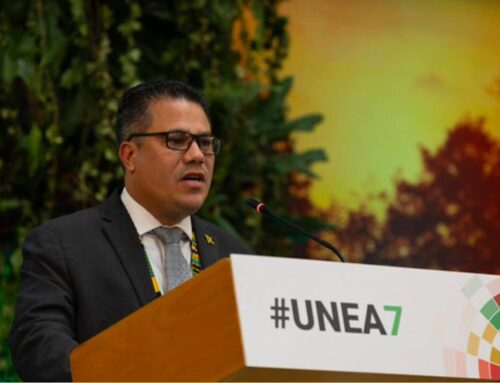Australia’s environment minister sued for failure to act on threatened species
March 31, 2025
Australian conservation NGO The Wilderness Society has launched a court case against the country’s environment minister, Tanya Plibersek, alleging her failure to put in place formal recovery plans for a number of threatened species.
The public interest legal organization Environmental Justice Australia recently announced that its lawyers are representing The Wilderness Society in the federal court action against Plibersek as she and her predecessors “have failed in their legal duties to create recovery plans that would give threatened wildlife a better chance at surviving extinction.”
Environmental Justice Australia noted that under Australia’s Environment Protection and Biodiversity Conservation Act, the federal environment minister is legally obligated to craft and implement recovery plans for wildlife facing the danger of extinction. Had such plans been made, they would have served the government as roadmaps for conservation, identifying key threats to species and critical habitats for protection.
Amelia Young, national campaigns director at The Wilderness Society Australia, said in the statement that they hope “the case will shine a light on the legal and moral duties of current and future environment ministers to do their job to help Aussie wildlife beat extinction.”
Australian law requires a recovery plan to be made within three years of a species being identified as needing one. However, since 2013, only 2% of plans were finished within the required time, according to Environmental Justice Australia, citing a 2022 auditor-general report.
The Wilderness Society is seeking to compel the minister to create recovery plans for at least 12 threatened species, including Baudin’s black-cockatoo (Zanda baudinii), listed as critically endangered on the IUCN Red List. Its population has dropped by more than 50% since the 1960s. Also needing a recovery plan is the endangered red goshawk (Erythrotriorchis radiatus), Australia’s rarest bird of prey, with fewer than 1,400 mature individuals left in the wild.
The Wilderness Society also highlighted marsupials like the southern greater glider (Petauroides volans) and central greater glider (Petauroides armillatus), whose populations have dropped by at least 50% from 2000-2022. All the mentioned species have lost habitat due to deforestation tied to land clearing, agriculture and fire.
Local media sought Plibersek’s response but she was unable to comment due to the ongoing court case. She instead said that funding has been increased for neglected national parks and the Great Barrier Reef.
Wildlife ecology and conservation professor Euan Ritchie wrote in The Conversation that because of limited funding, the government has shifted to producing conservation advices to guide the recovery of endangered species. Ritchie said that while these are useful for rapid response, they don’t carry the same legal weight as recovery plans. He said if a recovery plan were in place, the environment minister would be empowered to reject project proposals for farming, mining or real estate if they pose a danger to protected wildlife.
Banner image of a pair of Baudin’s black-cockatoo by dbmcc09 via Wikimedia Commons (CC BY 4.0).
Search
RECENT PRESS RELEASES
Related Post



